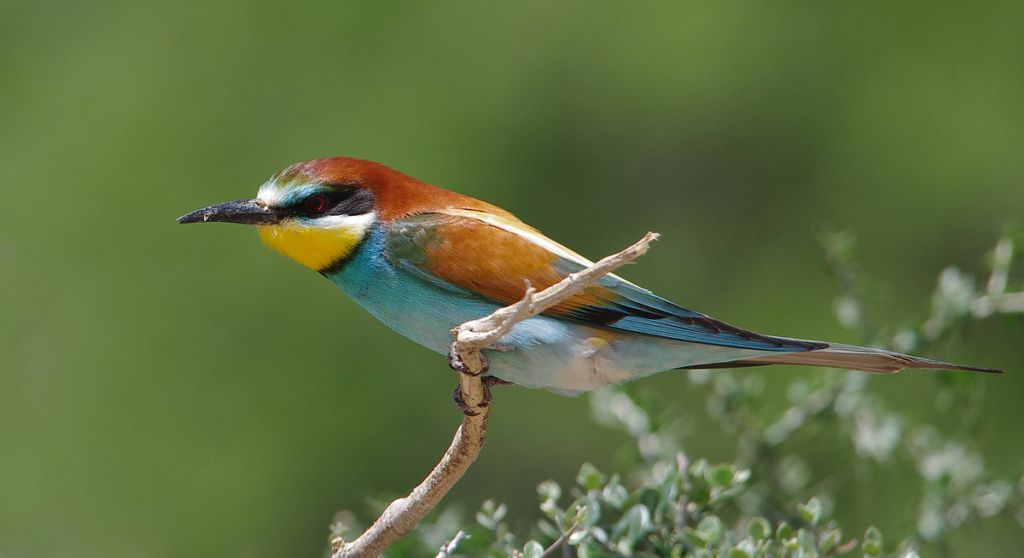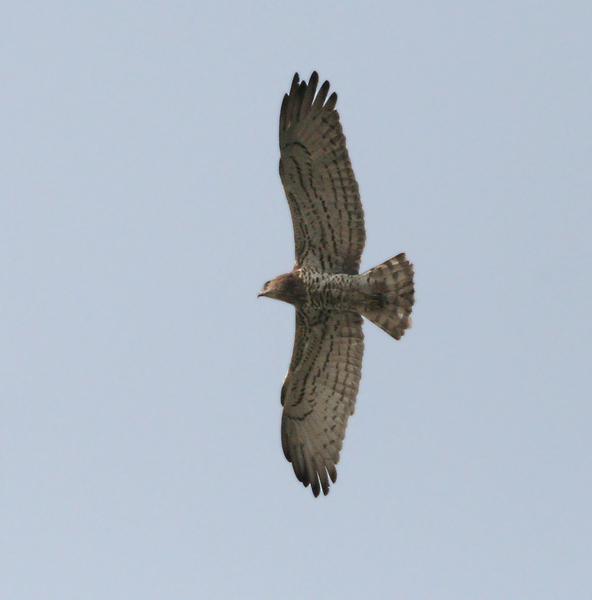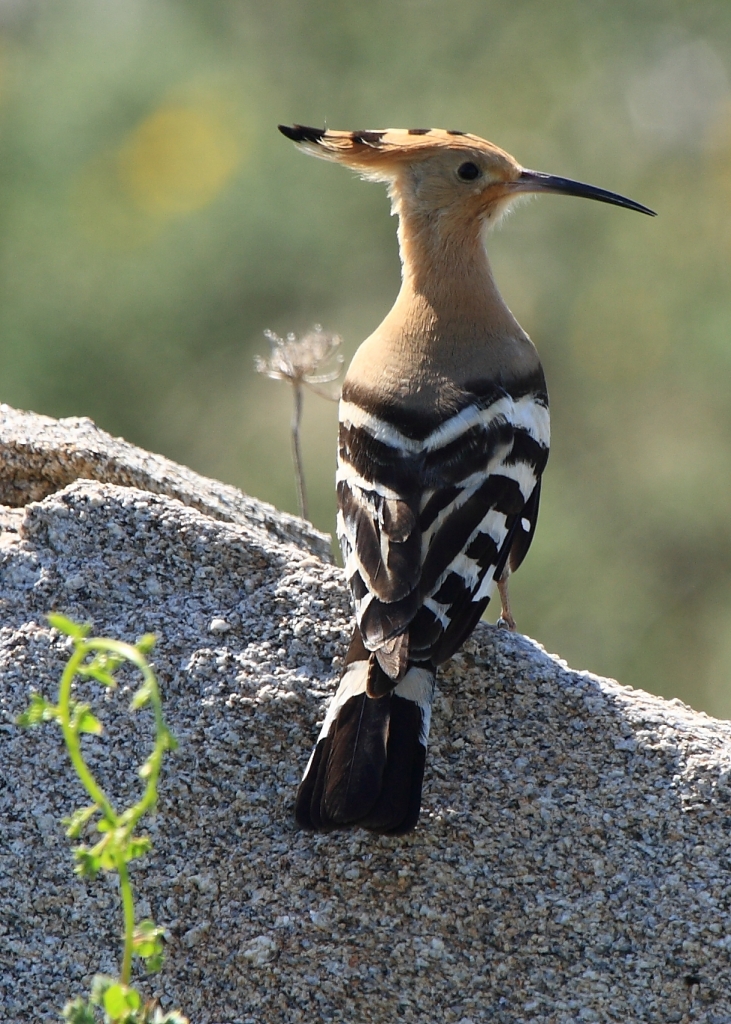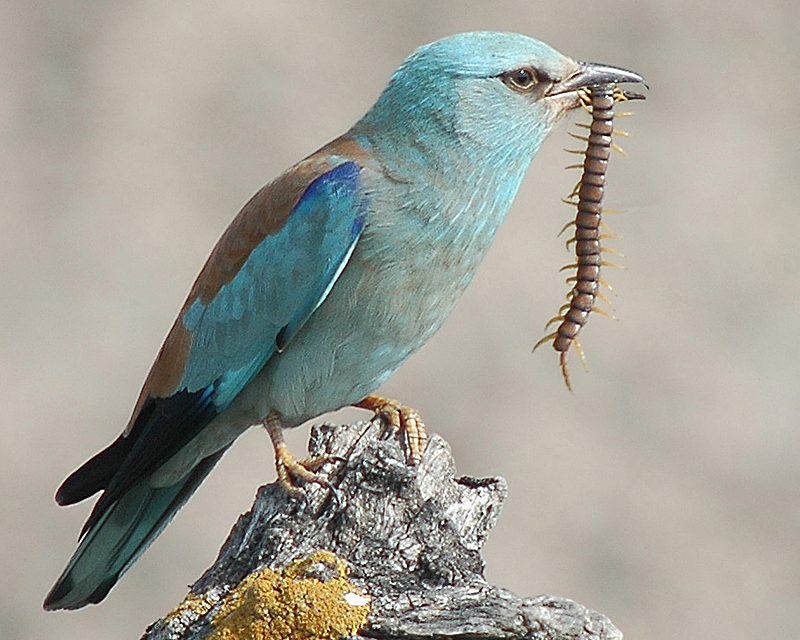What’s That Bird?
Now the spring migration is over, there are many interesting bird species to look out for in the PO. Some of our especially colourful and exotic summer visitors tend to be heard more often than seen – but what a joy when you do finally spot them!
Can you identify these summer visitors? (For answers, scroll to the bottom)
A

- This is a male. Females and immature birds are much less colourful – more greenish-yellow and easily confused with Green woodpeckers, which are similar in size.
- Common but shy. Because they like to sit in treetops, usually the only fleeting glimpse you get is when they fly across a road or path.
- Musical, liquid call.
B

- Similar size to starlings, these nest in colonies in holes in sandy banks
- They also hunt insects in flocks, often flying too high for those colours to show
- They love to perch in dead trees, and their mellifluous call carries a long way
C

- Significantly bigger than a buzzard, this eagle is common in the PO
- If seen perched, the head looks big, owl-like, with bright yellow eyes
- There are dark and light forms. At a distance, many appear totally white underneath
- Their favourite food is snake
D

- A bit bigger than a Green woodpecker
- They raise their crest when making their distinctive – monotonous – call
- Also distinctive is the black and white patterning on the wings in flight
- Often seen probing for insects with that long beak – on the ground in gardens and vineyards
- Some now over-winter in the PO
E

- Big (jay-sized), those bright colours are most noticeable in flight
- Nest in trees, walls or buildings
- They often perch on wires or telephone poles
- Quite social
- Their call is hard and crow-like
F

- This woodpecker isn’t much bigger than a sparrow
- Very hard to spot – it’s so well camouflaged on tree trunks as it hunts for ants
- Its call is un-musical and very loud
ANSWERS
A Golden Oriole (Loriot d’Europe)
B Bee-eater (Guêpier d’Europe)
C Short-toed eagle (Circaète Jean-le-Blanc)
D Hoopoe (Huppe fasciée)
E Roller (Rollier d’Europe)
F Wryneck (Torcol familier)

Often when out you can hear birdsong but can’t actually see them. We frequently hear the golden oriole but I’ve only once seen one. It can be much easier to identify birds from their song. We use an app called Merlin on our phones, free from your app store of choice. It uses the microphone to listen to bird song and identifies them. In our experience it’s very good.
Similarly modern phones will identify plants from photos, and given a reasonably good image are pretty accurate. No app required – it’s built in to the Photos app on the iPhone.
Just a few words:
Thank you very much! Looking forward to spot the beautiful birds.